The Electric Vehicle Council’s (EVCs) State of EVs report says investment in grid infrastructure and smart charging technology are key to the successful rollout of electric vehicles (EVs), where sales are forecast to rise 15-19% in 2026.
The State of Electric Vehicles 2024 report highlights the importance of the broader clean energy transition as essential to ensure Australia can deliver the full benefits of increased EV adoption.
The report says the gold standard in this area involves significant progress in decarbonising the electricity grid through increased share of renewable energy sources necessary to support the future of electrified transport and development across the EV value chain.
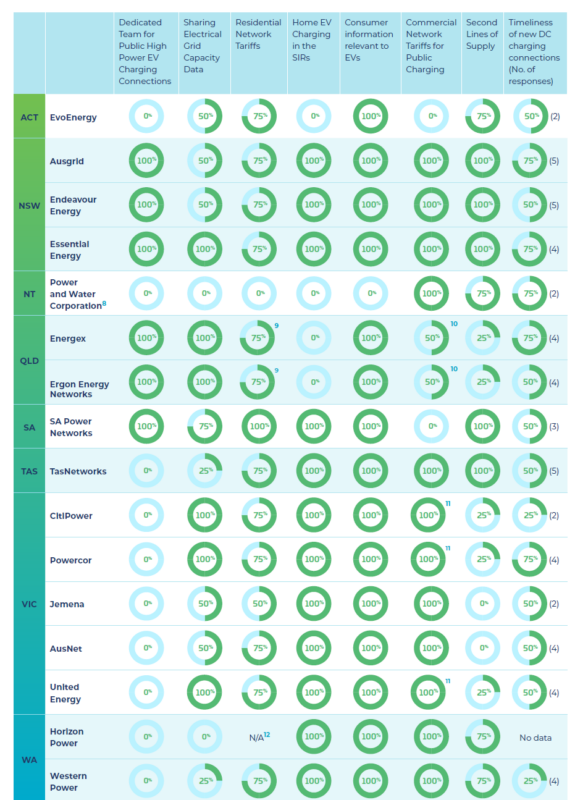
Image: Electric Vehicle Council
Cited alongside government support as a critical need, is the streamlining of network connection processes, while grid orchestration is described as ‘nice to have’, as a foundation for dynamic connection agreements that align with grid capabilities and demands.
EVC Head of Legal Policy and Advocacy Aman Gaur said with the right investments and policies, Australia can accelerate the EV transition, helping more Australians make the switch and supporting a sustainable future.
“The expansion of our national charging network, with over 1,000 fast and ultra-fast locations, is driving EV sales growth. To maintain this momentum, governments must keep investing in public charging, including kerbside options, and explore solutions for Australians without off-street parking,” Gaur said.
“We also need stronger efforts from government, industry and other organisations to combat misinformation about EVs, which undermines public support and hinders the transition, and all levels of government must implement consistent policies to boost EV supply and remove barriers to electrifying transport.”
The EVC suggests distributed network service providers (DNSPs) can also assist the uptake of EVs by sharing electrical grid data to support public charger deployment, citing a New South Wales (NSW) state-owned DNSP Essential Energy procedure as gold standard that provides insights into the estimated capacity on their low voltage network to allow organisations to rapidly assess a geographic area against their equipment deployment.
Able to demonstrate the potential of sharing existing data in an accessible way, Essential Energy potentially reduces the number of individual applications needed for a business planning multiple EV infrastructure sites, with a higher probability that the selected sites will be fit-for-purpose.
The EVC encourages all DNSPs to establish systems similar to Essential Energy’s tool, to allow organisations to leverage network capacity information and expedite the deployment of EV charging across the country.
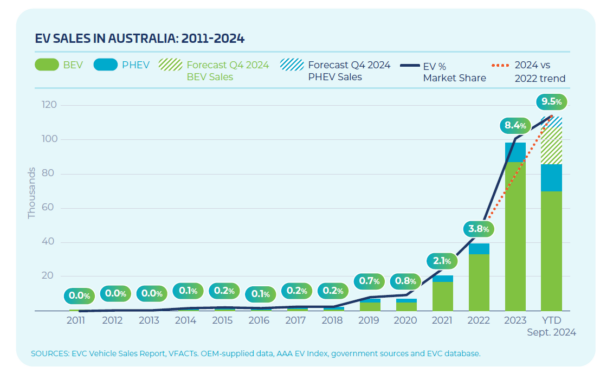
Image: Electric Vehicle Council
EVC Chief Scientist Dr Jake Whitehead said the pace of electric vehicle growth, now at a milestone 100,000, will depend on the level of support from governments and industry.
“EVs now account for nearly one in ten new cars sold in Australia – that’s a 150 % increase in market share compared with 2022. It’s clear that a growing number of Australians are seeking cleaner, more efficient cars,” Whitehead said.
“This year’s gradual growth in EV sales and market share builds on the momentum of a blockbuster 2023, further driving the upward trend in battery electric vehicle (BEV) and plug-in hybrid electric vehicle (PHEV) adoption.”
Gaur also highlighted the role of EVs to meet climate targets.
“We need more than 50% of new car sales to be EVs by 2030. The New Vehicle Efficiency Standard (NVES) will advance these bold yet essential goals, but more action is needed,” Gaur said.
This content is protected by copyright and may not be reused. If you want to cooperate with us and would like to reuse some of our content, please contact: editors@pv-magazine.com.
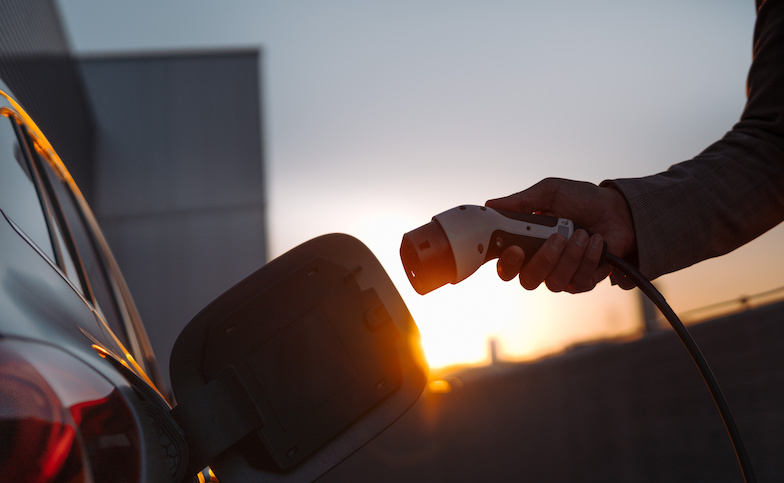
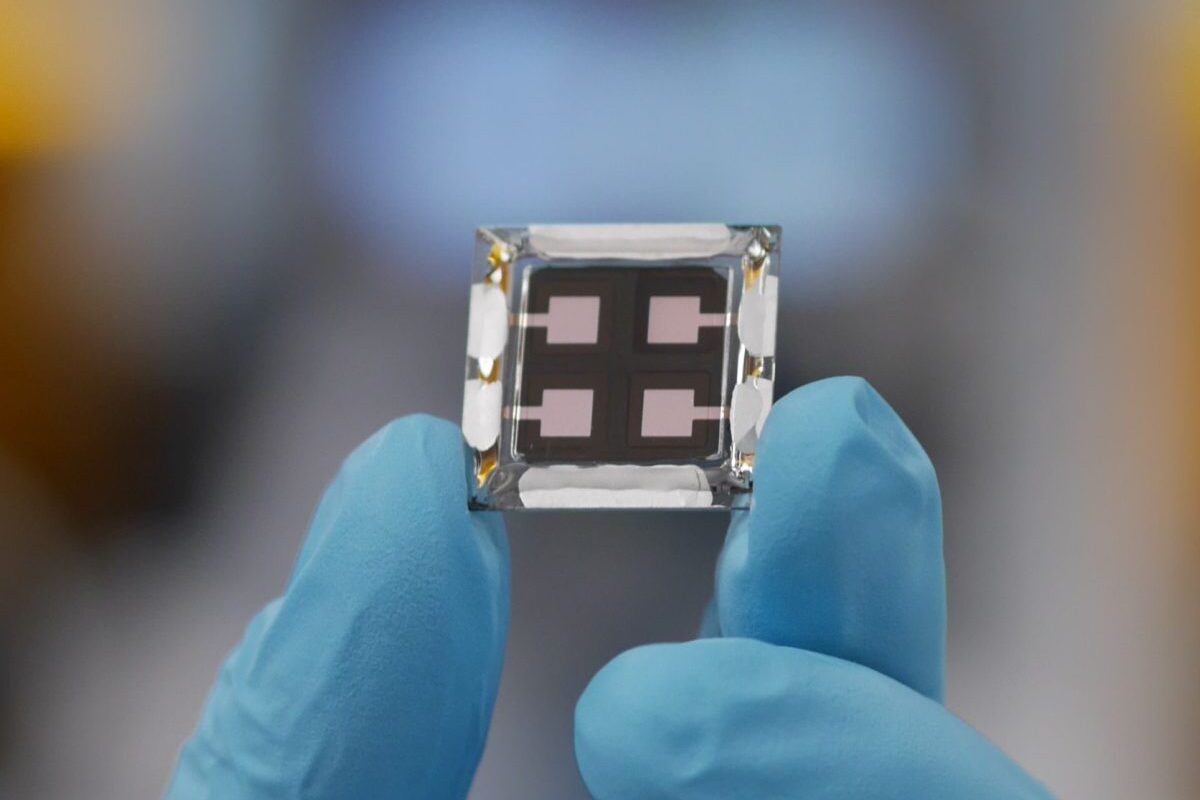

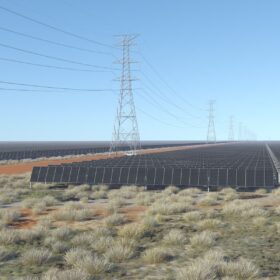
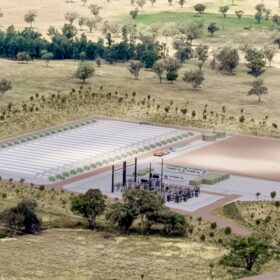
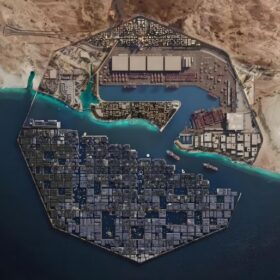
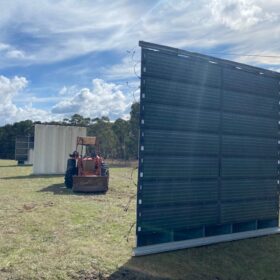
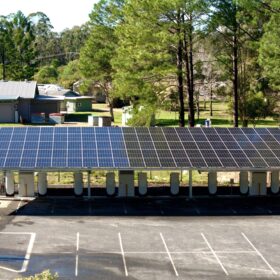
By submitting this form you agree to pv magazine using your data for the purposes of publishing your comment.
Your personal data will only be disclosed or otherwise transmitted to third parties for the purposes of spam filtering or if this is necessary for technical maintenance of the website. Any other transfer to third parties will not take place unless this is justified on the basis of applicable data protection regulations or if pv magazine is legally obliged to do so.
You may revoke this consent at any time with effect for the future, in which case your personal data will be deleted immediately. Otherwise, your data will be deleted if pv magazine has processed your request or the purpose of data storage is fulfilled.
Further information on data privacy can be found in our Data Protection Policy.